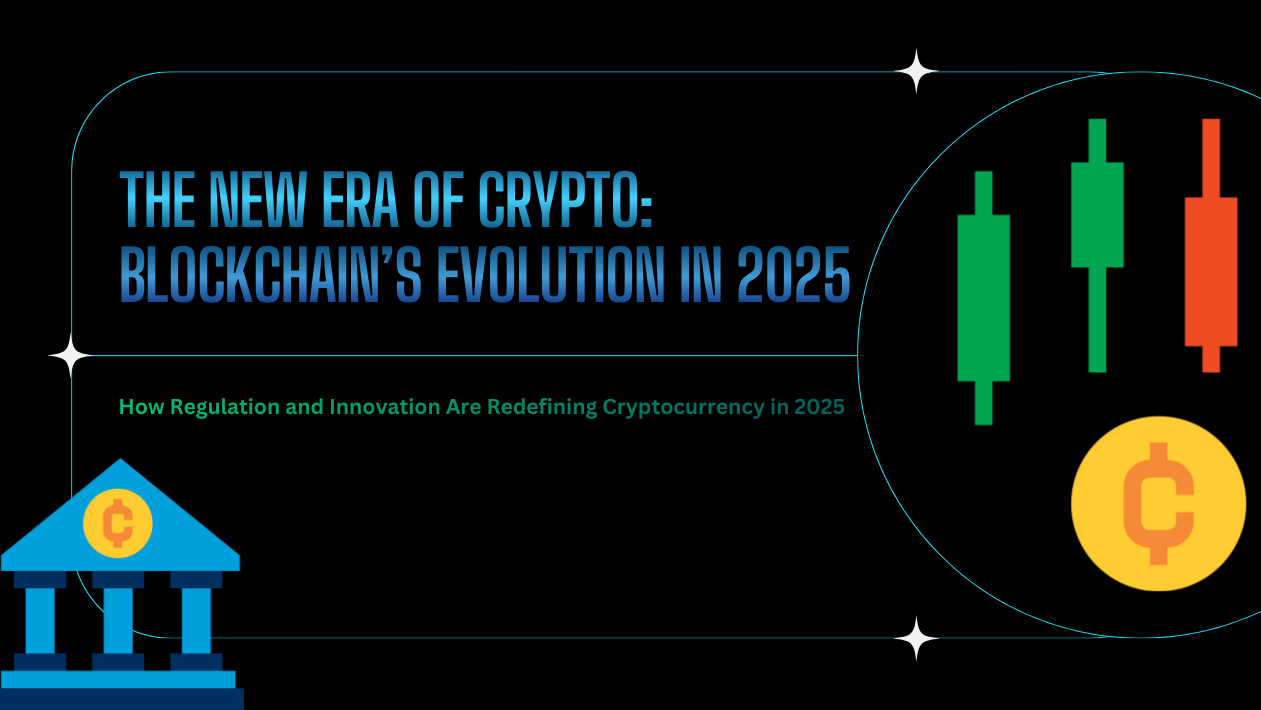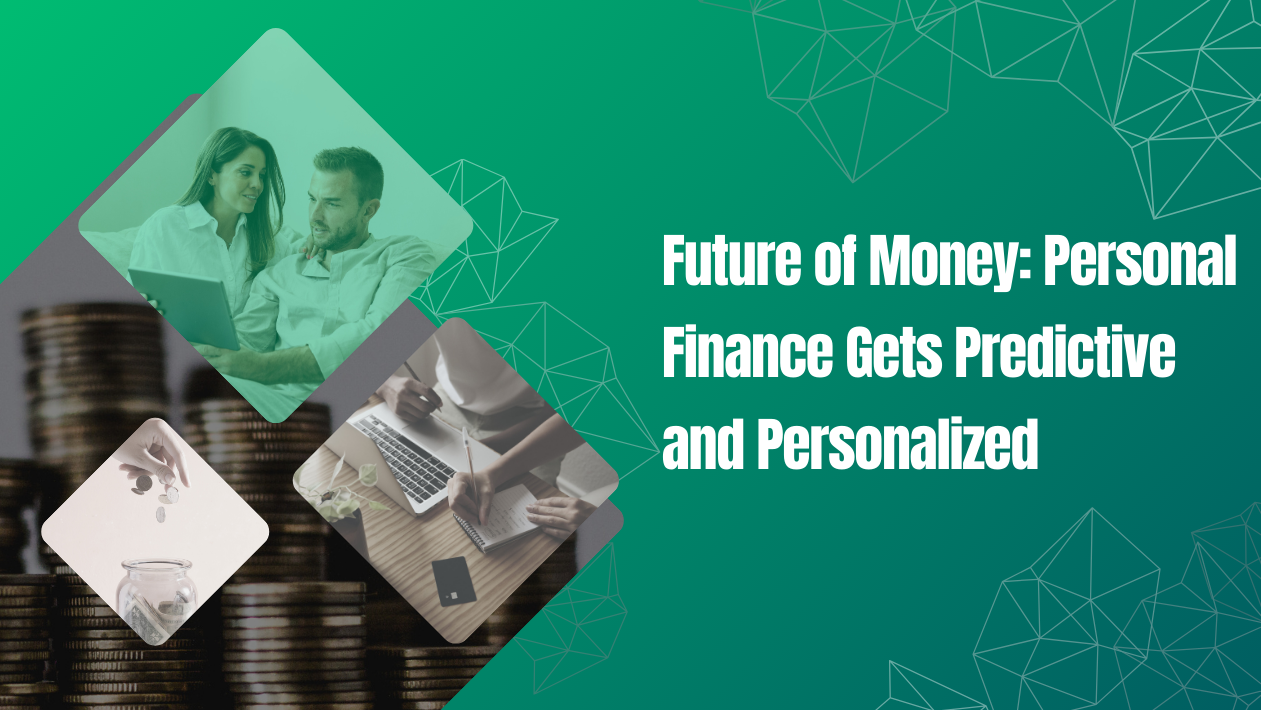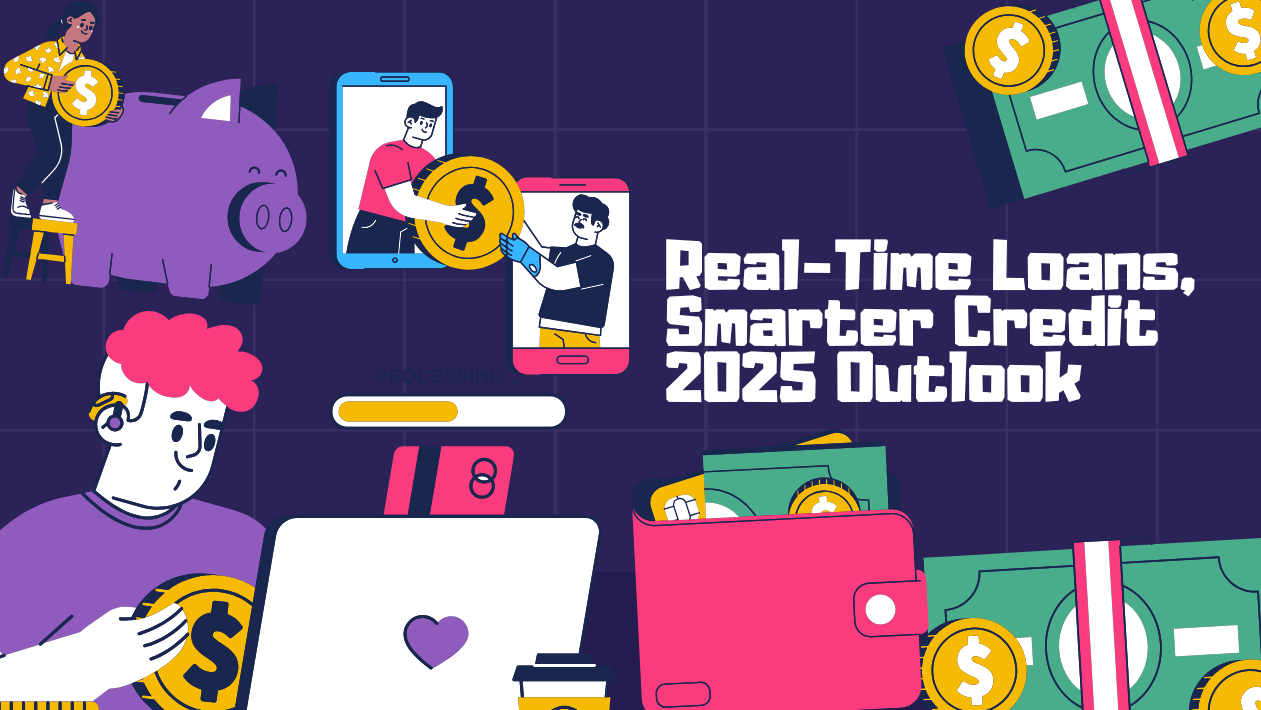In 2025, personal finance is no longer limited to spreadsheets and bank visits. A new wave of AI-powered apps, micro-investing platforms, and real-time financial coaching is giving individuals unprecedented control over their money. As inflation, digital disruption, and new financial habits redefine the landscape, consumers are turning to tech-enabled solutions to budget, save, invest, and plan for the future.
AI Financial Advisors Go Mainstream
Artificial Intelligence has become the go-to personal finance coach for millions. Tools like Cleo, Yolt, and Digit AI offer automated budgeting, expense tracking, debt reduction strategies, and even goal-based savings advice—all via chatbots or voice assistants.
With natural language processing (NLP), these advisors now respond conversationally to questions like, “Can I afford a vacation this month?” or “How much should I invest weekly for retirement?”
Micro-Investing and Fractional Ownership Empower the Next Generation
Millennials and Gen Z are reshaping investment habits with platforms like Acorns, Stash, and Groww that allow fractional investing in stocks, ETFs, real estate, and even crypto.
Investors can now put as little as ₹100 or $1 into diverse portfolios, making wealth building accessible, low-risk, and automated.
Real-Time Budgeting and Expense Alerts
Modern personal finance apps are now connected to real-time banking data, alerting users about overspending, suspicious activity, or unused subscriptions. Many use gamification to encourage better financial behavior—like achieving daily spend goals or earning badges for saving consistently.
Buy Now, Pay Later (BNPL) Awareness Grows
With the rise of BNPL platforms like Klarna, Afterpay, and Simpl, financial literacy campaigns are educating users about interest risks, credit scores, and repayment discipline. Regulatory oversight is helping consumers understand short-term financing without falling into debt traps.
Emergency Fund Automation and Savings Buckets
Personal finance platforms now automatically build emergency funds by rounding up spare change, allocating cashback, or sweeping surplus funds into high-yield digital wallets. Users can label goals like “New Car,” “Wedding,” or “Medical” to track progress visually and stay motivated.
Financial Education Gets a Digital Makeover
Financial literacy is trending again—with content creators, fintech influencers, and banks offering short, digestible videos and interactive quizzes. Topics include tax filing, retirement planning, credit scores, and navigating inflation—all tailored to user profiles and financial behavior.
Looking Forward: Personalized, Predictive, and Proactive Finance
With hyper-personalized insights and AI forecasting, personal finance apps are shifting from reactive to proactive. In the near future, apps will not only suggest what you can afford—but also warn of financial risks before they happen and recommend strategies to stay financially resilient.





